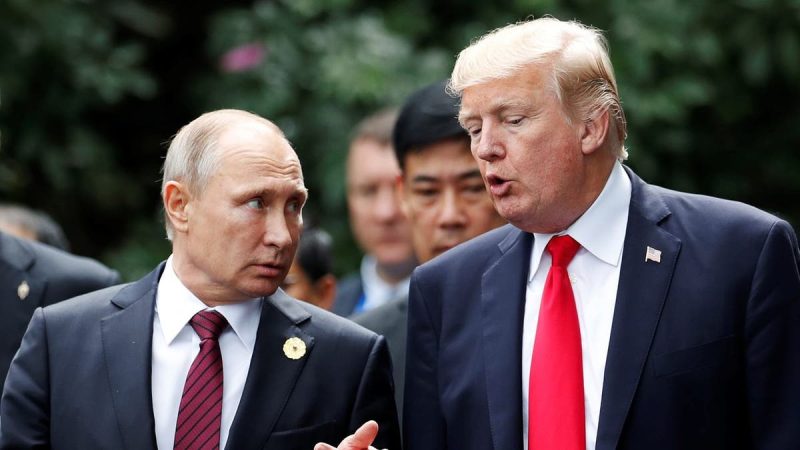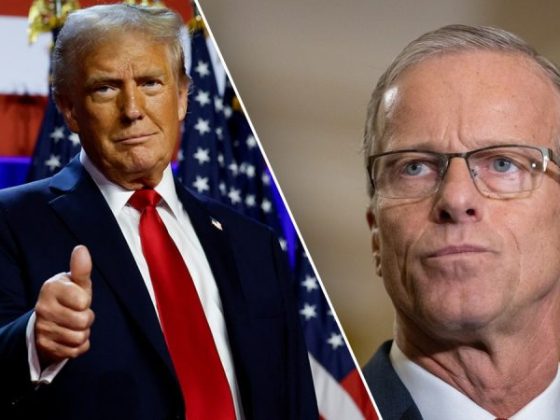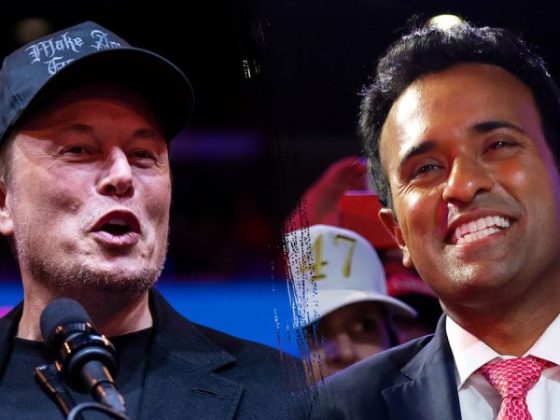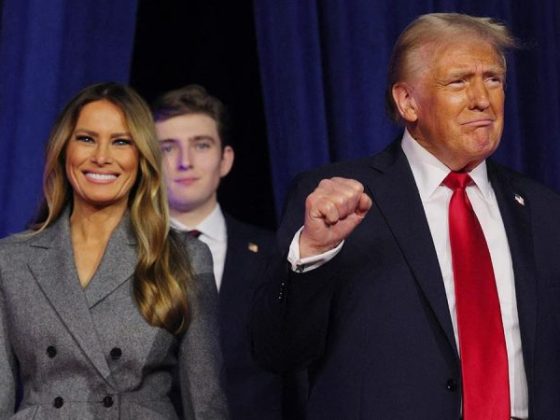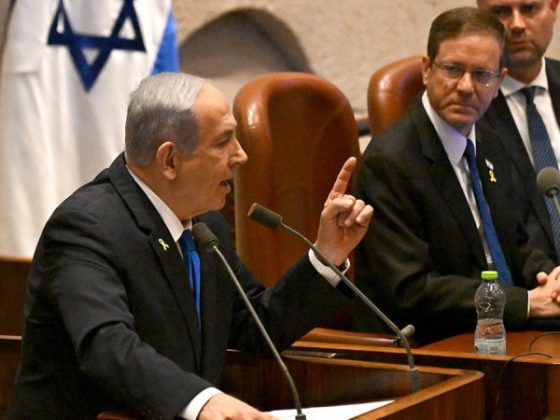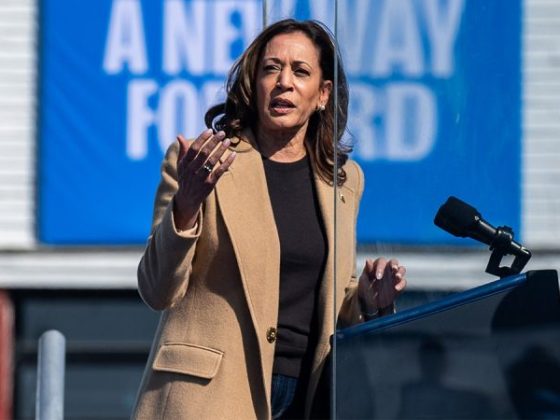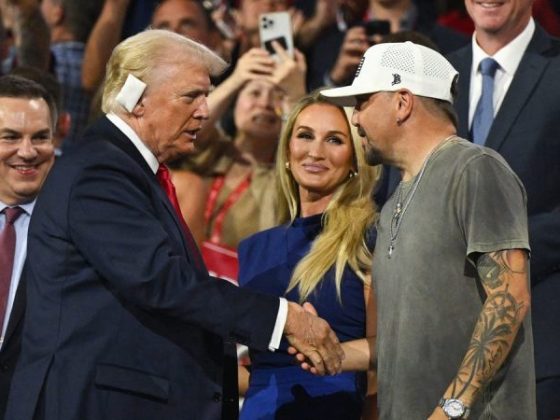Section 1: Putin’s Expertise in Strategizing
Vladimir Putin, the Russian President, has demonstrated an uncanny knack for strategic play and geopolitical manipulation during the reigns of four previous U.S. Presidents. Beginning with Bill Clinton, up until Barack Obama, Putin managed to continually assert and expand Russia’s global influence. He did this through his formidable array of economic, cyber, military, and political tactics, all designed to destabilize American objectives and further Russian expansionism.
Section 2: Outsmarting Clinton, Bush, and Obama
Bill Clinton’s charm offensive fell flat in the face of Putin’s strategic gambits, ultimately failing to bring Russia into the Western fold. During George W. Bush’s presidency, Putin further instigated the Russian resurgence, testing American limits by intervening in Georgia’s internal affairs in 2008. Barack Obama’s tenure, though marked by diplomatic efforts, was also unable to contain Putin’s ambitions. From annexing Crimea to intervening militarily in Syria, Putin demonstrated a strategic audacity that helped Russia reassert itself on the global stage and outsmart these U.S presidents.
Section 3: Trump’s Encounter – A Different Approach
Enter Donald Trump, the 45th President of the United States. His administration was characterized by a mix of unpredictability and relentless pressure. Trump, controversial yet unconventional, proved to be a more formidable adversary for Putin. Though accused of siding with Putin more than his own intelligence agencies importantly, his administration applied stricter policies and sanctions against Russia which had been avoided by his predecessors.
Section 4: Economic and Military Pressure
One of the key tactics employed by Trump was economic warfare. Through the imposition of unprecedented sanctions, the Trump administration targeted the financial assets of the Russian elite, severely affecting the Russian economy. Likewise, Trump’s increased military expenditure and his drive to modernize the U.S. nuclear arsenal put further pressure on Russia, making Putin’s maneuvers much more precarious.
Section 5: Diplomatic Chessplay
On the diplomatic front, Trump’s administration pushed NATO allies to boost defense spending, further isolating Russia. Trump was also instrumental in fostering relationships with post-Soviet states, particularly Ukraine, offering them lethal weapons, and helping them resist Russian aggression — a move that previous American presidents refrained from making.
Section 6: Proxy Wars Thwarted
Under Trump’s presidency, Putin’s advances in the Middle East were also checked. Trump’s aggressive policy against the Iranian regime stifled one of Russia’s key allies and disrupted Putin’s extensive network of proxy groups. In Syria, the killing of several Russian paramilitary operatives by U.S. forces was a clear warning to Putin, highlighting the potential costs of his geopolitical overreach.
Thus, Donald Trump’s unpredictable and unorthodox strategies, coupled with his administration’s sustained economic, military, and diplomatic pressure, effectively disrupted Putin’s play. Despite the constant controversy that surrounded his presidency, Trump managed to outplay Putin in several key areas, marking a significant shift in the U.S.-Russia power dynamics.

